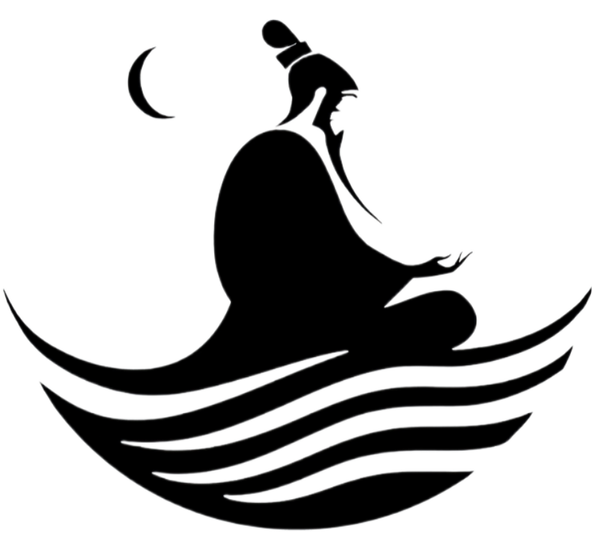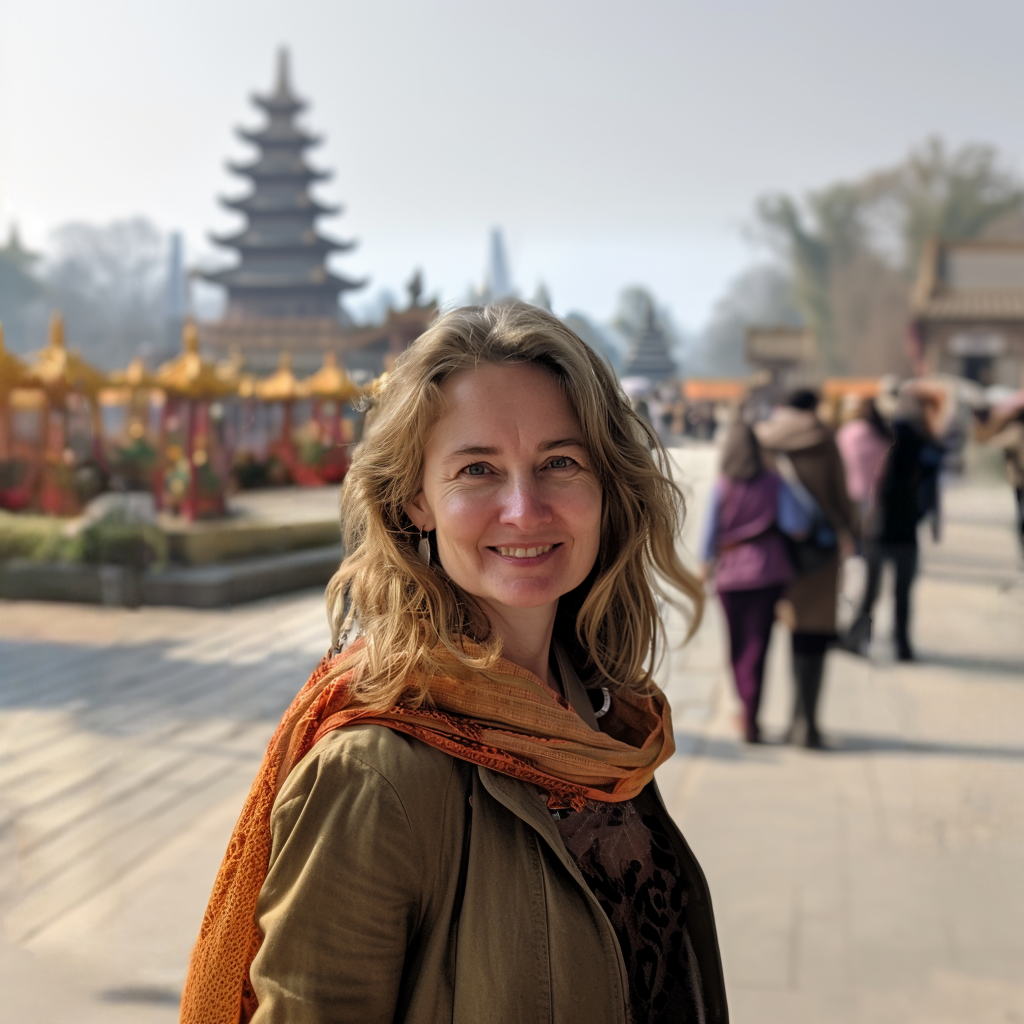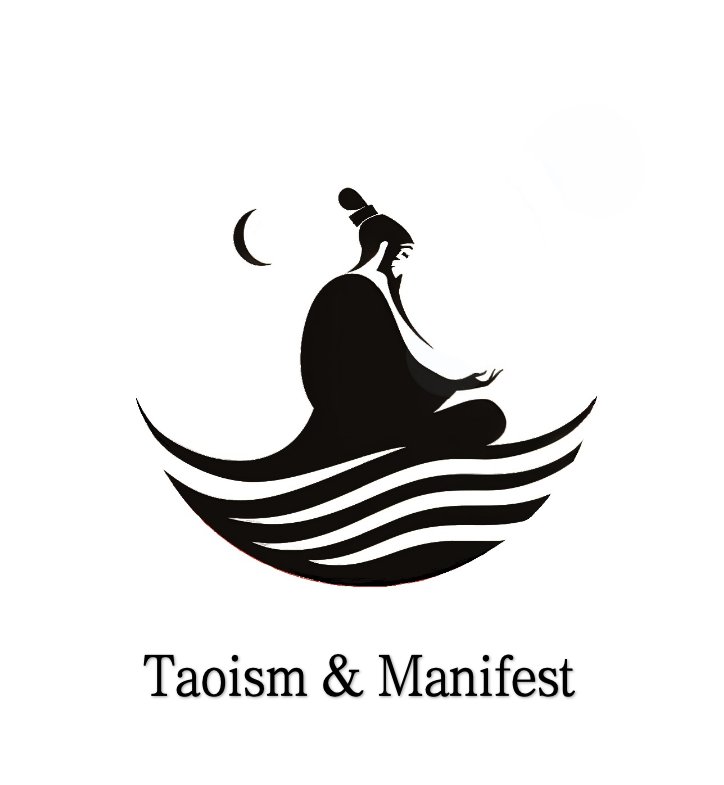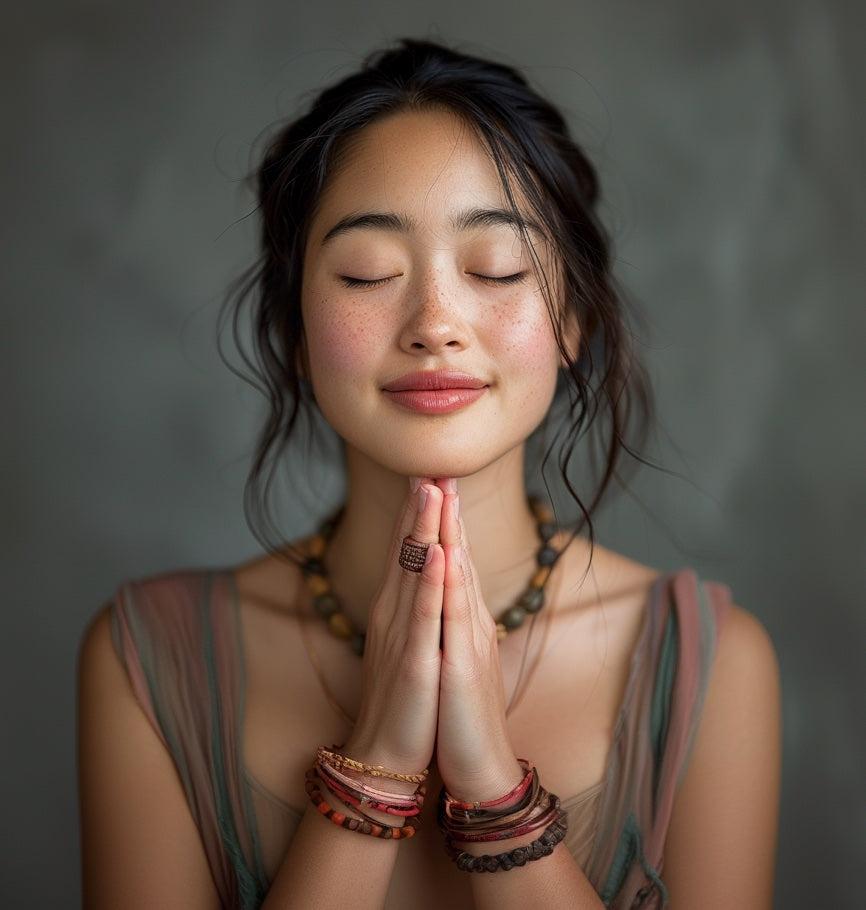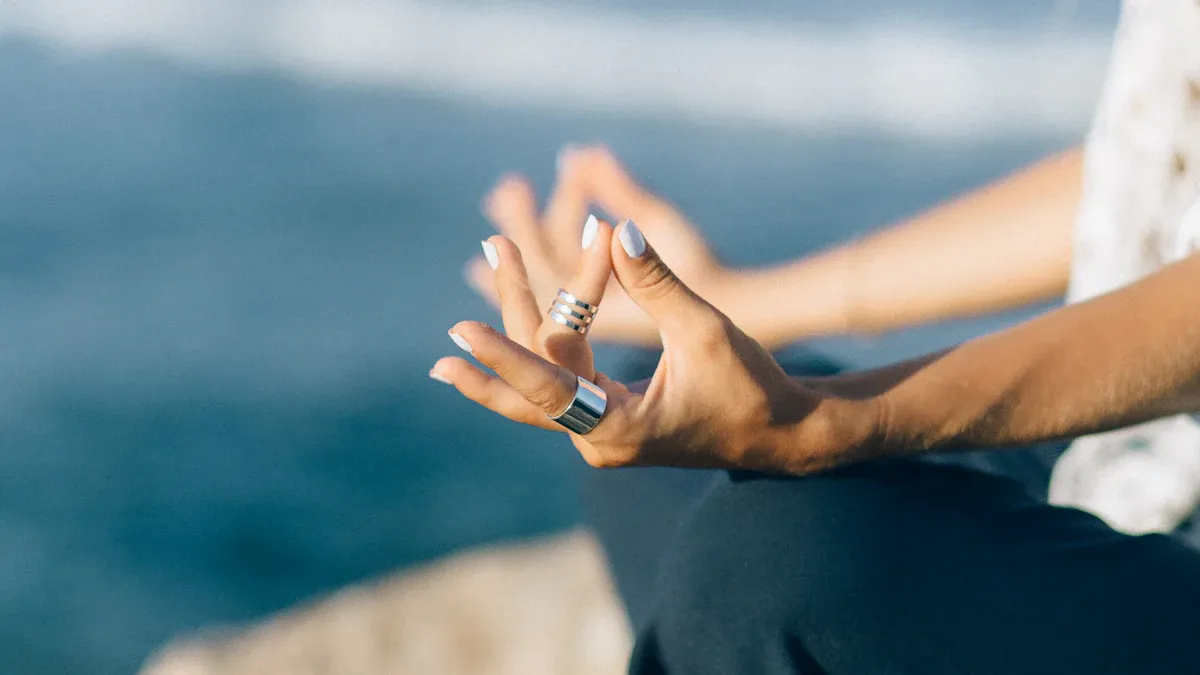
Taoism shows that emotions help you learn about yourself. In everyday life, feelings are like mirrors. They show what is inside your heart. Experts say that knowing yourself, like looking in a mirror, helps you care more about others. It also helps you understand feelings better. When you live as a taoist, you see how each feeling changes your view of taoism and your life. Taoism asks you to accept every feeling as a way to grow. Let your life show the wisdom of Taoism all the time.
Key Takeaways
Taoism says your feelings are like mirrors. They show what is in your heart. This helps you know yourself better.
It is important to balance feelings like joy and sadness. This keeps your life peaceful and in harmony.
Looking at your feelings calmly helps you grow. It helps you stay calm and make good choices. You do not let emotions control you.
Your body and feelings are linked. Noticing where you feel emotions in your body helps you understand yourself. It also helps you take care of yourself.
Simple Taoist practices can help you. Mindful breathing, journaling, healing sounds, and slow movements help you change emotions. They help you find balance.
Taoism and Emotional Mirrors

The Mirror Metaphor
In taoism, you learn that your feelings act like mirrors. When you look at your daily life, you see how each emotion reflects your inner world. If you feel joy, sadness, or anger, these feelings show the state of your heart and mind. Taoist philosophy teaches that emotions are not just private thoughts. They connect you to the world around you. The essence of taoism says that your emotions reveal the true nature of your spirit and energy. You can use this mirror to understand yourself better. When you notice your feelings, you see how your inner world and outer life work together. This helps you find the essence of who you are and guides you toward balance.
In taoism, the essence of life means seeing your emotions as a bridge between your mind and the universe. You do not need to hide your feelings. Instead, you can use them to learn about your life and find harmony.
Yin and Yang of Emotions
Taoism explains that every part of life has two sides. You see this in the yin and yang of emotions. Joy and sorrow, excitement and calm, bravery and fear all exist together. These pairs show the essence of balance in your life. When you feel too much of one emotion, you may lose your sense of harmony. Taoism teaches you to notice both sides and bring them into balance.
Yang energy gives you drive and ambition. Yin energy brings patience and planning.
After a busy day (yang), you need rest (yin) to keep your life in balance.
If you feel stuck (yin), you can use motivation (yang) to move forward.
Taoism encourages you to see your emotions as partners. When you balance yin and yang, you create harmony in your life. This is the essence of living with awareness and peace.
Taoism and Self-Reflection
Self-reflection is very important in taoism. When you reflect on yourself, you start to grow as a person. This helps you calm your mind and find out who you really are. In taoism, self-reflection means looking inside yourself with honesty and patience. You learn to notice your feelings without judging them. This helps you understand yourself and find balance in life.
Self-reflection in taoism helps you stay calm and aware.
You learn to let go of ego and wants, which brings you closer to the natural flow of life.
Self-cultivation helps you feel balanced, humble, and kind.
The Tao Te Ching says that being present and peaceful comes from self-reflection.
Modern taoism shows that self-reflection helps you deal with worry and problems by teaching you not to hold on too tightly.
Observer Mind
Taoism teaches you to have an observer mind. This means you watch your thoughts and feelings calmly. Think of a mother feeling her baby move inside her. She notices the movements but stays calm. You can do this with your emotions too. When you use the observer mind, you see your feelings but do not let them control you. This helps you understand your reactions and make wise choices. You feel less stressed and more connected to who you are.
Shen Zhi and Yuan Shen
In taoism, you have two minds called Shen Zhi and Yuan Shen. Shen Zhi is your daily mind. It reacts to stress, feelings, and things that happen around you. Sometimes, it gets stuck in anger or sadness. Yuan Shen is your true spirit. It stays calm and wise, even when things are tough. Taoism teaches you to let Yuan Shen lead Shen Zhi. When you do this, you handle emotions with peace. You understand things better and face problems clearly. Meditation and mindful breathing help you connect with Yuan Shen. Over time, you let go of old feelings and return to your true self. This is the real way to grow and become your best self.
Body, Energy, and Emotional Flow

Five Organs and Emotions
In Taoism, you learn that your body and emotions connect deeply. Each organ in your body links to a special feeling. The liver connects to anger, the heart to joy, the spleen to worry, the lungs to grief, and the kidneys to fear. When you feel these emotions, you can notice how your body reacts. If you feel anger, your chest might feel tight. If you feel sadness, your breathing may change. Taoism teaches that your health depends on the harmony between your organs and your feelings. When you live in balance, your emotions and body move in a natural flow.
Scientists have found that these ideas match what happens in real life. When you feel strong emotions, your organs can show signs of stress. If you worry too much, your stomach may hurt. If you feel fear, your back might ache. Taoism says that when you care for your organs, you also care for your feelings. This helps you flow with life and stay healthy.
Tip: When you notice a strong emotion, pause and ask yourself which part of your body feels it most. This simple step helps you understand the flow between your body and your feelings.
Transforming Emotional Energy
Taoism gives you tools to change your emotions into something helpful. This process is called transformation. You can use practices like the Inner Smile meditation or the Six Healing Sounds. These help you send gentle energy to your organs and let go of stuck feelings. When you practice, you feel your energy move and flow. You start to see that emotions are not problems. They are signals that guide you back to balance and the natural flow of life.
You can try these steps:
Sit quietly and smile gently to your heart. Feel warmth spread through your body.
Breathe deeply and imagine your breath washing away heavy feelings.
Use a soft sound, like "Sss" for the lungs, to help grief flow out.
With practice, you notice the transformation of anger into kindness, fear into courage, and sadness into understanding. You learn to flow with life, letting each feeling move through you. This brings peace, health, and a joyful heart.
Practical Taoist Techniques
Mindful Observation
You can start your journey with mindful observation. In taoism, you learn to notice your feelings without judging them. This practice helps you see emotions as they are, not as you wish them to be. When you feel a strong emotion, pause and take a slow breath. Ask yourself, "Where do I feel this in my body?" Maybe you sense tightness in your chest or a flutter in your stomach. By bringing your attention to these sensations, you practice mindfulness and begin to understand your inner world.
Tip: Label your emotion. Say to yourself, "This is anger," or "This is sadness." Welcome the feeling. Let it be present without trying to push it away.
You can use this simple process:
1. Notice the emotion and where it lives in your body.
2. Name the emotion.
3. Allow it to be there without resistance.
4. Focus your attention on the feeling. If your mind wanders, gently bring it back.
5. Watch as the emotion softens and releases.
This mindful approach, rooted in taoism, helps you gain insight into your reactions. Over time, you will see that emotions come and go. You do not have to fight them. You can learn from them and use them for personal transformation.
Journaling Exercise
Journaling is a powerful tool in taoism for self-reflection and emotional growth. When you write about your feelings, you make them clearer. You can start by setting aside five minutes each day. Write down your current mood and what you think caused it. Do not worry about spelling or grammar. Just let your thoughts flow.
Here is a simple journaling exercise:
Write today’s date.
Describe your mood in one or two words.
Write about what happened today that may have caused this feeling.
Ask yourself, "What can I learn from this emotion?"
Journaling helps you see patterns in your emotions. You may notice that certain situations trigger anger, sadness, or jealousy. By reflecting on these patterns, you gain insight into your values and needs. This practice supports mindfulness and helps you make better choices. Over time, journaling can lead to greater self-acceptance and emotional balance.
Note: Gratitude journaling is also helpful. Write down three things you are thankful for each day. This shifts your focus to the positive and brings more joy into your life.
Healing Sounds and Qi Gong
Taoism offers special practices like healing sounds and Qi Gong to help you transform emotions. The Six Healing Sounds meditation uses gentle sounds to release heavy feelings from your organs. For example, you can use the sound "Sss" to help your lungs let go of sadness. Each sound matches an organ and its related emotion. When you practice these sounds, you help your body and mind return to balance.
Qi Gong is another key practice in taoism. It combines slow movements, deep breathing, and focused attention. You can use Qi Gong to calm your mind, relax your body, and move stuck energy. Studies show that Qi Gong and similar exercises improve mood and reduce stress. These practices help you feel more peaceful and connected to yourself.
Here is a simple Qi Gong exercise:
Stand with your feet shoulder-width apart.
Take a deep breath in through your nose.
As you breathe out, make a gentle sound (like "Sss" or "Shhh").
Imagine your breath carrying away any heavy feelings.
Repeat several times, focusing on your breath and the sound.
Practicing healing sounds and Qi Gong regularly supports emotional transformation and helps you stay balanced. You will notice more calm, clarity, and energy in your daily life.
Turning Challenges into Growth
Triggers and Healing
You face many emotional triggers in life. Sometimes, a small event can make you feel angry, sad, or worried. Taoism teaches you to see these moments as chances for self-cultivation. When you notice a trigger, pause and breathe. Imagine your feelings as water. Water does not fight the rocks in its path. It flows around them. You can do the same by embracing the flow of your emotions.
Taoist wisdom says that healing starts when you stop fighting your feelings. Instead of pushing away pain or frustration, you allow yourself to feel them. This is the first step toward deep healing. You learn to accept every part of yourself, even the parts that feel uncomfortable. Accepting oneself brings inner peace and helps you grow stronger.
Many people use Taoist techniques to handle anxiety, sadness, and stress. These methods help you let go of old habits and find harmony with your true nature. When you practice self-cultivation, you turn emotional challenges into energy for growth. You become more patient and gentle with yourself. Over time, you see that every challenge in life can help you become wiser.
Tip: When you feel triggered, try to pause and ask, "What is this feeling teaching me about my life right now?"
Returning to Balance
After strong emotions, you may feel out of balance. Taoism offers simple ways to return to harmony. You can try slow movements like Qigong or Taijiquan. These practices help your body and mind find balance again. Breathing exercises and meditation also support you in letting go of heavy feelings.
You do not need to hold on to emotions. Let them move through you, just like clouds drift across the sky. This is the heart of embracing the flow. When you let go, you make space for joy and calm to return. Taoism teaches that balance and self-cultivation go hand in hand. Each time you return to balance, you build a stronger sense of inner peace.
Sometimes, you may struggle with restlessness or frustration. Stay patient and keep practicing. Over time, you will notice more harmony in your daily life. You will see that every experience, even the hard ones, helps you grow. Life becomes a journey of learning, healing, and finding balance.
Taoism helps you use your feelings to learn about yourself. When you accept your feelings, you feel more balanced and peaceful inside. Many people use easy things like slow breathing and soft smiles to begin. As time passes, you feel calmer and think more clearly. This helps you grow and become a better person. Keep thinking about your feelings. Trust that each step helps you feel happier and more at peace.
FAQ
What if I feel overwhelmed by my emotions?
You can pause and take a deep breath. Notice your feelings without judging them. Try a simple Taoist practice, like the Inner Smile. This helps you calm down and see your emotions more clearly.
Can Taoist techniques help with anger or sadness?
Yes! Taoist practices like mindful breathing and journaling help you understand anger or sadness. You learn to accept these feelings and let them pass. Over time, you find more peace and balance in your daily life.
How often should I practice Taoist exercises?
You can start with a few minutes each day. Regular practice helps you notice changes in your mood and energy. Even short sessions bring benefits. The key is to stay consistent and gentle with yourself.
Do I need special tools or a teacher to begin?
You do not need special tools. You can start with your breath and attention. Many people learn from books or videos. If you want deeper guidance, you can look for a teacher, but it is not required.
